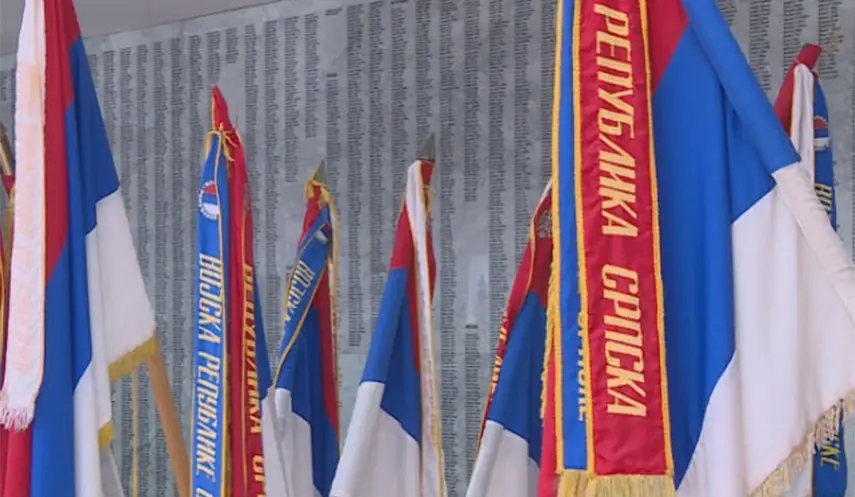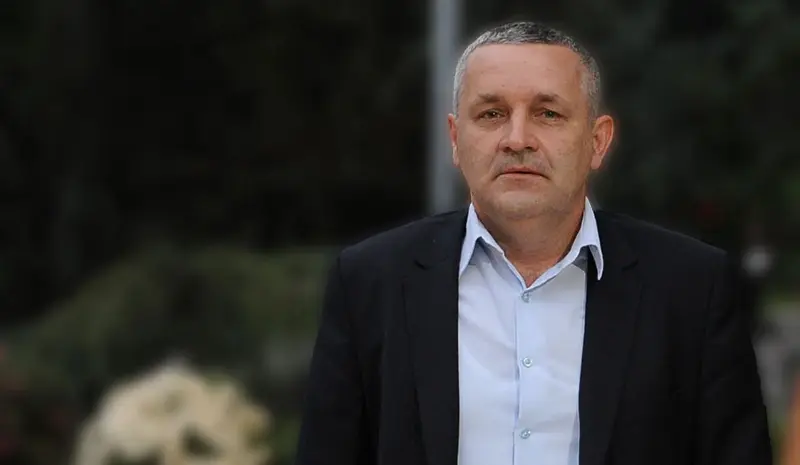TOMORROW MARKS 33 YEARS SINCE ESTABLISHMENT OF LUKAVICA–PALE ROAD LINK
Republika Srpska - East New Sarajevo - War Veterans Organisation
06/15/2025
11:59

EAST NEW SARAJEVO, JUNE 15 /SRNA/ - Tomorrow, June 16, marks 33 years since a successful military operation established the Lukavica–Pale road link, enabling regular supply of food and medical materials to the residents of Grbavica, Lukavica, and Srpska Ilidža, as well as faster transport of the wounded.
In commemoration of this important anniversary, Dragiša Tuševljak, the head of the East New Sarajevo War Veterans Organisation, recalled that at the beginning of the war, Muslim paramilitary units and forces of the then Ministry of Internal Affairs of BiH took control of key positions from the Kula fortress on Zlatište to Čolina Kapa fortress.
He says the civil leadership of the Serb New Sarajevo municipality worked closely with the military leadership, recognizing the imminent shortage of food and medical supplies and the need for swift transport of wounded soldiers to the hospital in Pale, or even to Serbia when necessary.
"A decision was made to launch an operation to liberate the seized route, as the only remaining road connection at the time was a gravel road through Tvrdimići," Tuševljak recalled.
According to him, the operation began at dawn on June 16, 1992, in rainy and foggy weather.
Serb units, composed of local residents and displaced Serbs from Sarajevo who had found refuge in the villages of Miljevići, Stanojevići, Petrovići, Tilava, and Klek, embarked on their first battle with high morale, aiming to break through and establish the road link.
Tuševljak says the enemy offered strong resistance, and the Serb units were under constant artillery fire throughout the operation.
"Fighting lasted the entire day. In the evening, the Serb forces, supported by police units, pushed the enemy back and took control of the road. They began fortifying their positions, although the enemy continued attacking in the following days in attempts to retake the lost positions," Tuševljak said.
He added that the Serb fighters repelled all attacks and successfully held their new positions.
During this operation, heavy fighting took place across the Sarajevo front. Two soldiers, Zoran Bogdanović and Miro Topalović, were killed, and 14 were wounded.
The importance of June 16 for defending Serb positions on the Sarajevo front is also underscored by events on that date in 1995, when the enemy launched one of the fiercest attacks on Serb lines.
At Zlatište and Osmice, a much larger enemy force broke through the Serb lines, but the positions were retaken after intense fighting in the evening, with the help of other units and police forces. Both sides suffered losses, but the enemy’s were significantly greater.
In the battles on Zlatište on June 16, 1995, the following Serb soldiers were killed: Spasoje Gulija, Milisav Topalović, Žarko Đukić, Branko Džebo, and Milan Dragišić. Twelve others were wounded.
Due to the all-out enemy attack on Serb positions, fierce battles also took place on Mojmilo hill, but the defence lines held.
Soldiers Dušan Vasković and Stojan Đurđić were killed, several others were wounded. Novo Samardžić lost his life on the Presjenica battlefield.
This part of the Sarajevo front remained under constant enemy attack until the end of the war, with the ultimate goal of taking control of Mount Trebević thus dominating all Serb-populated areas.
During the four-year war, a large number of Serb soldiers gave their lives for Republika Srpska, but seasoned veterans did not yield a single inch of Serb land.
More than 5,000 soldiers served in the First Sarajevo Mechanized Brigade; 608 of them and nine members of the Ministry of Interior of Republika Srpska lost their lives, while every third soldier was wounded once or more.






